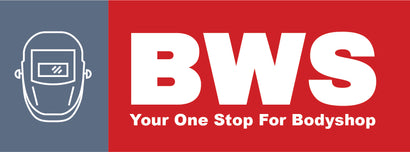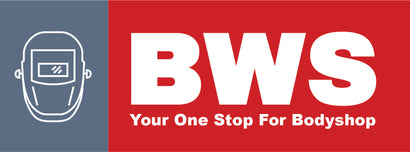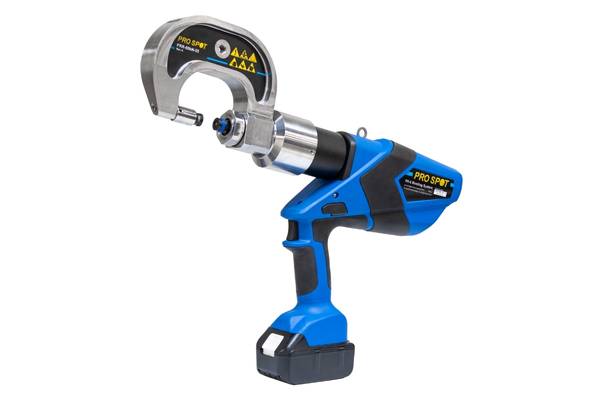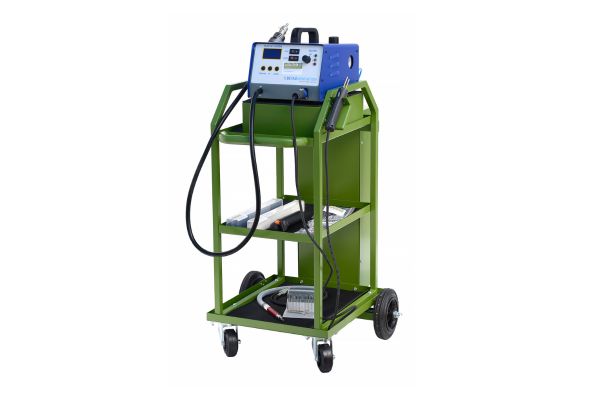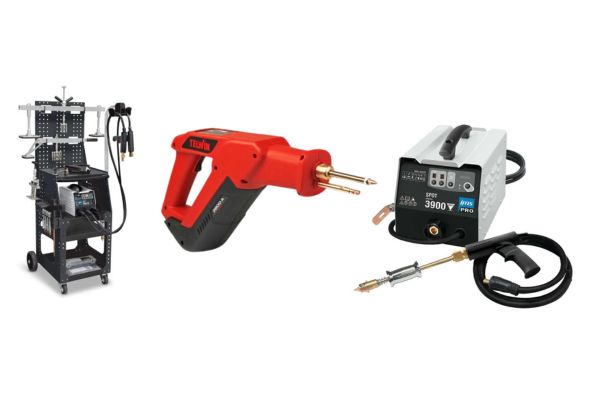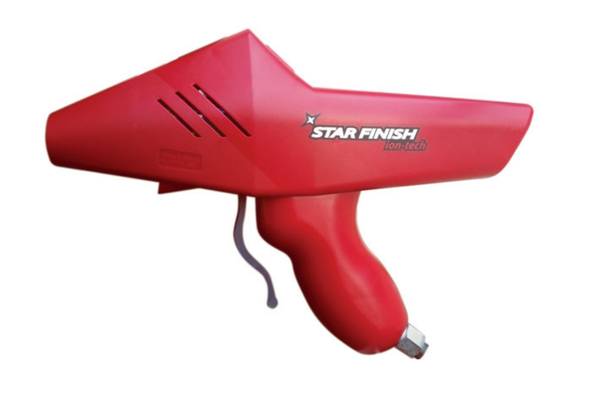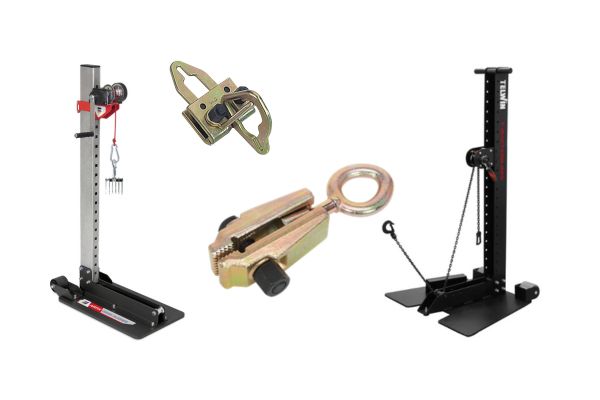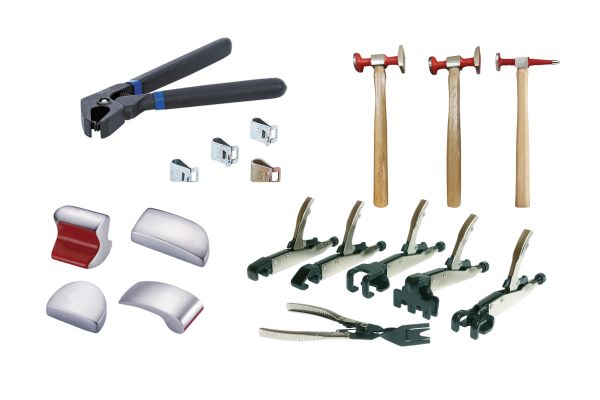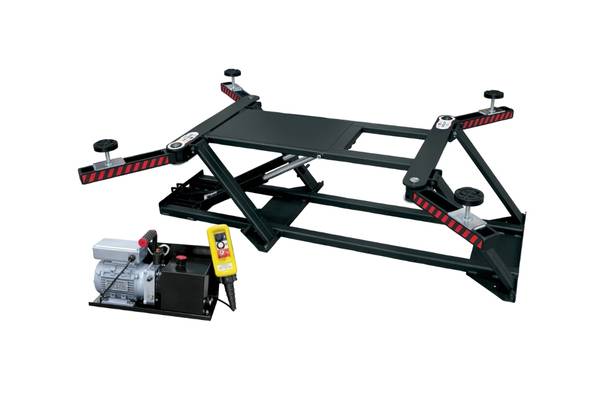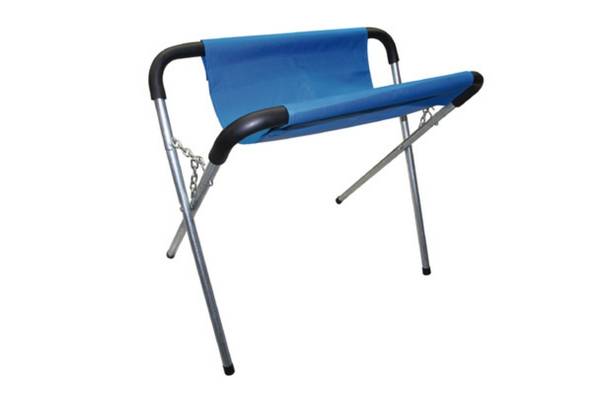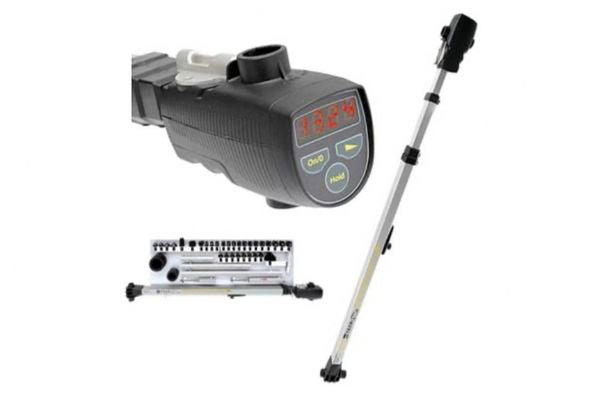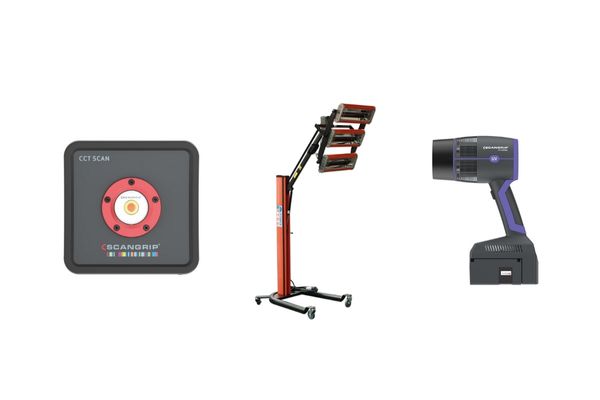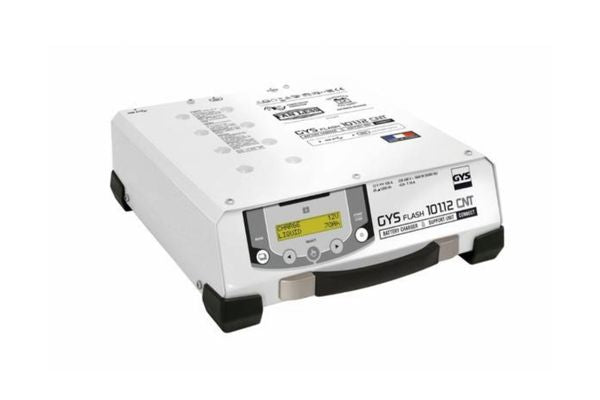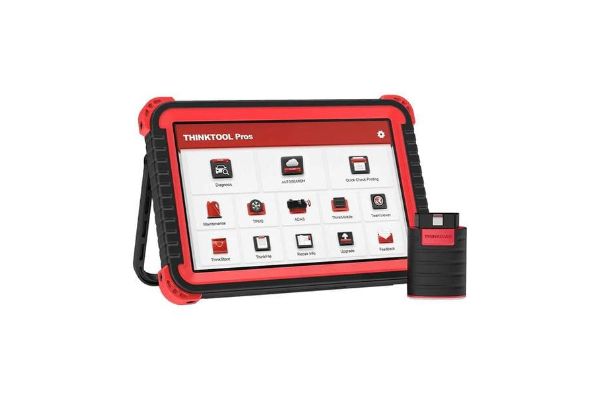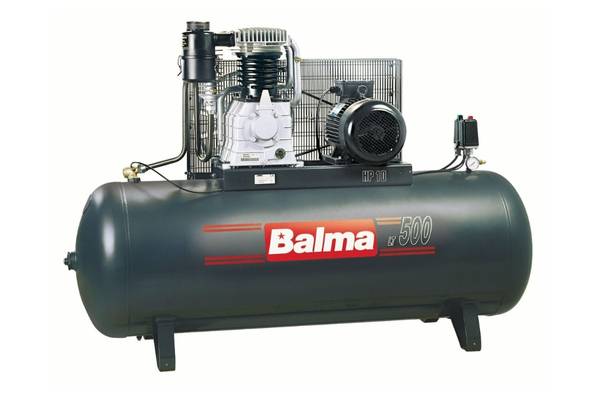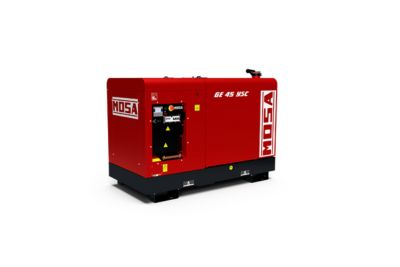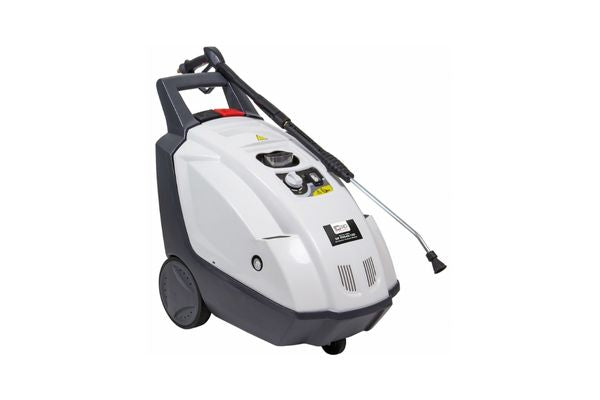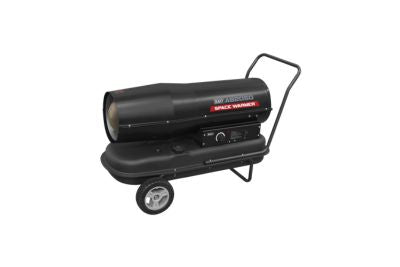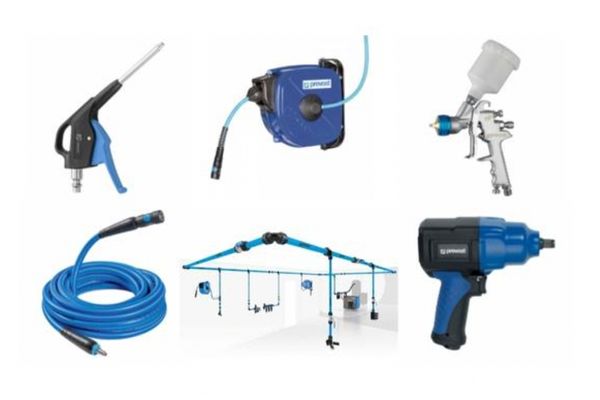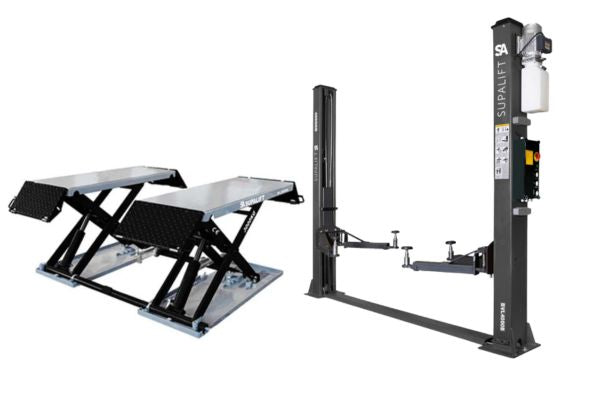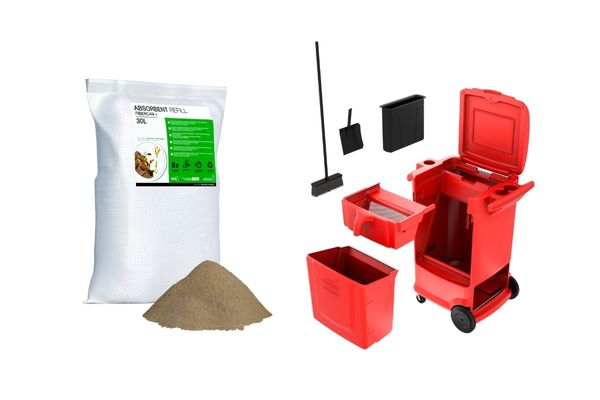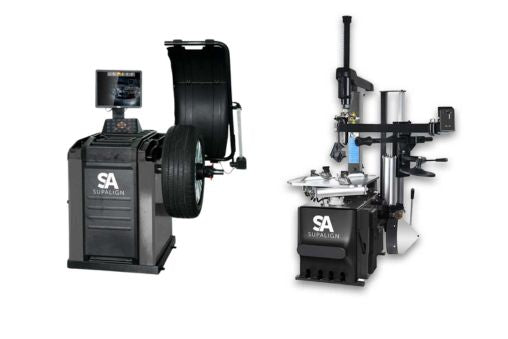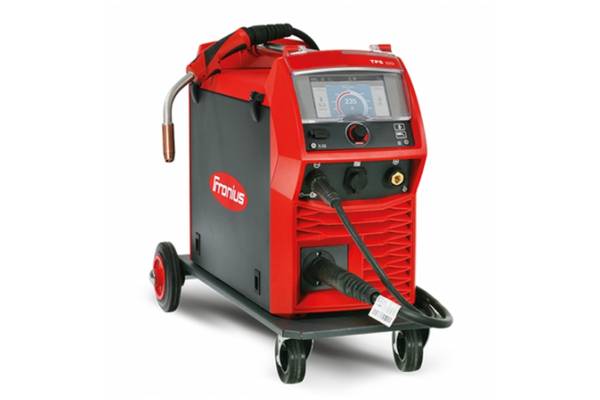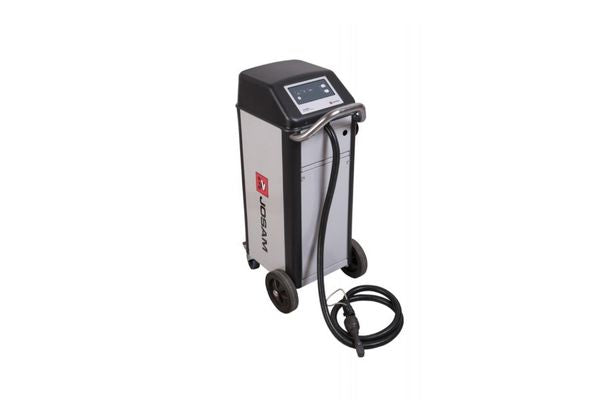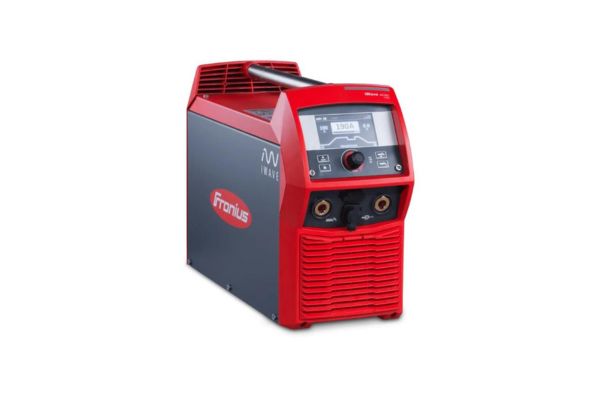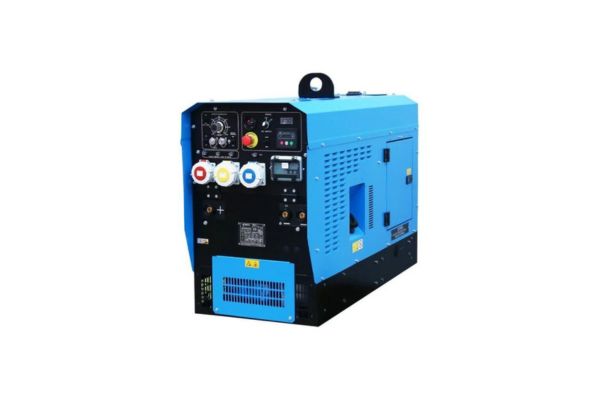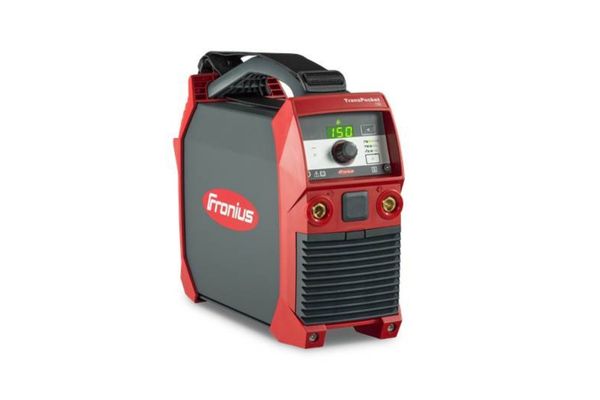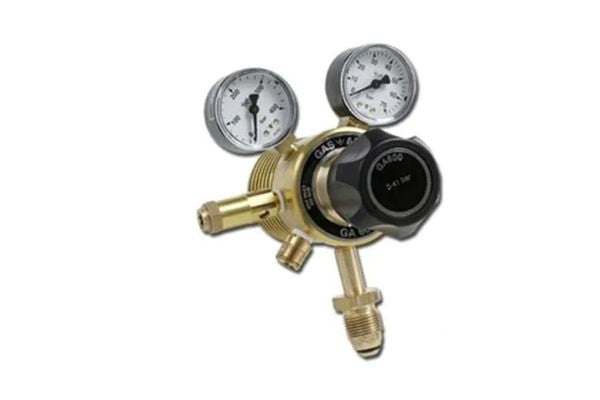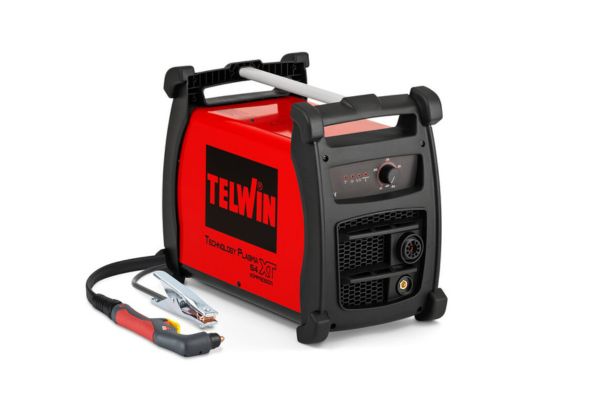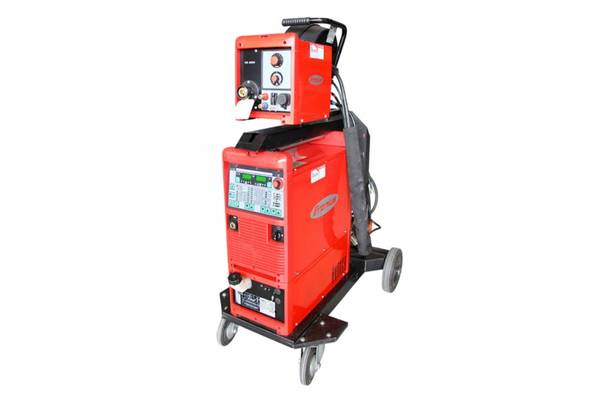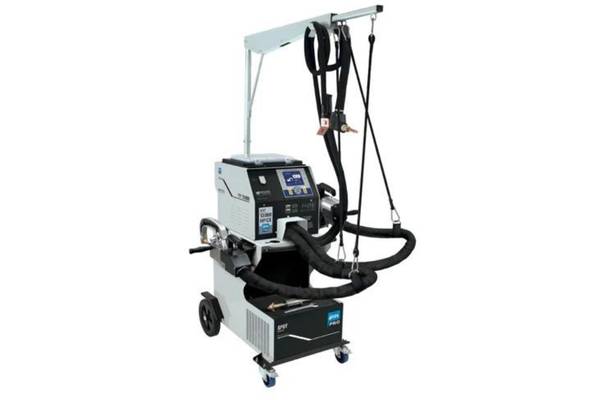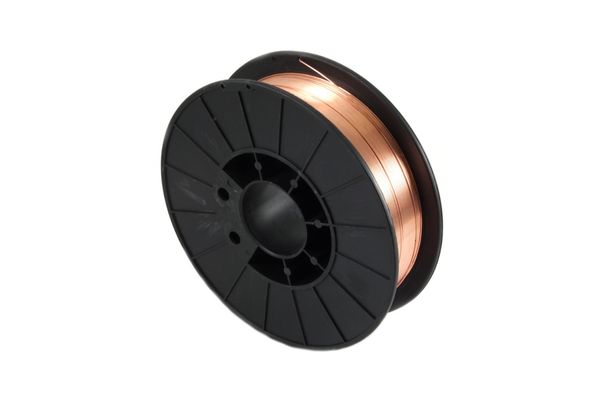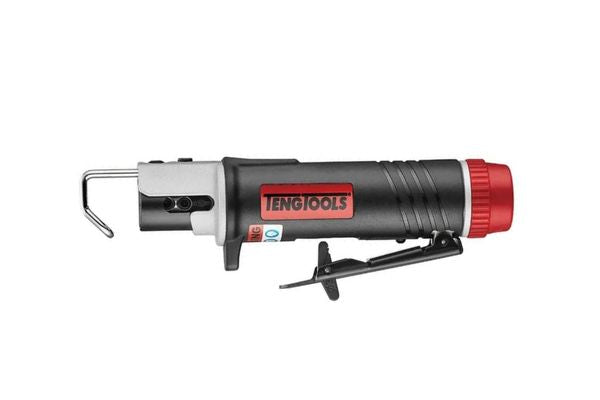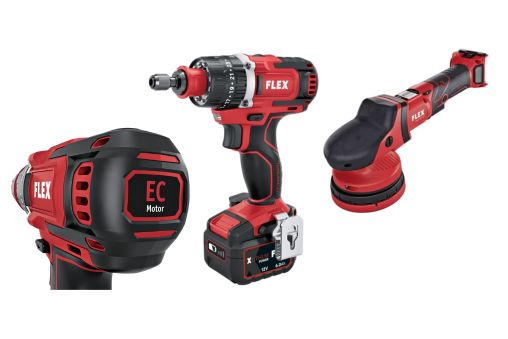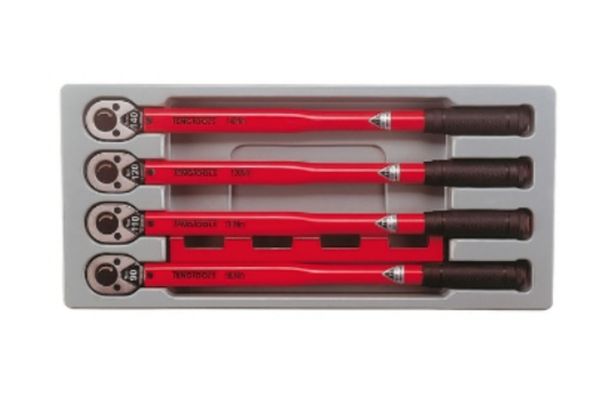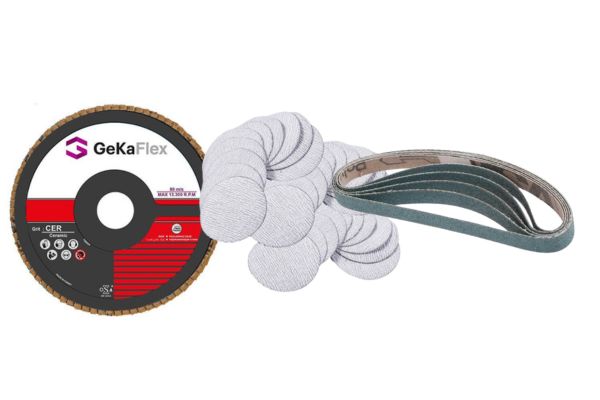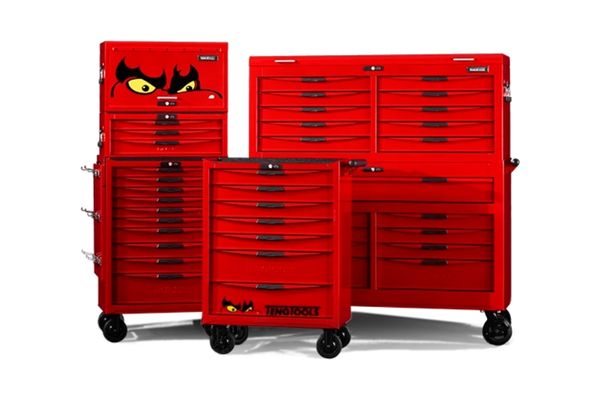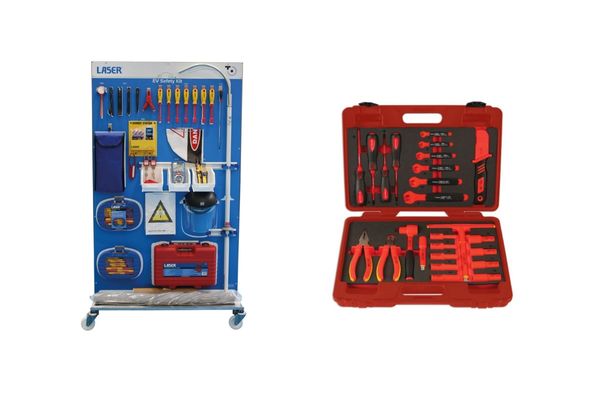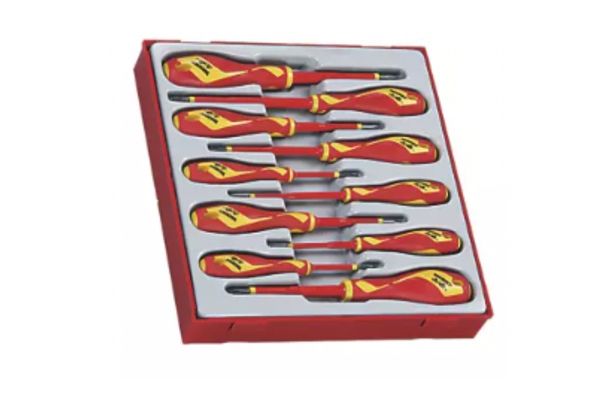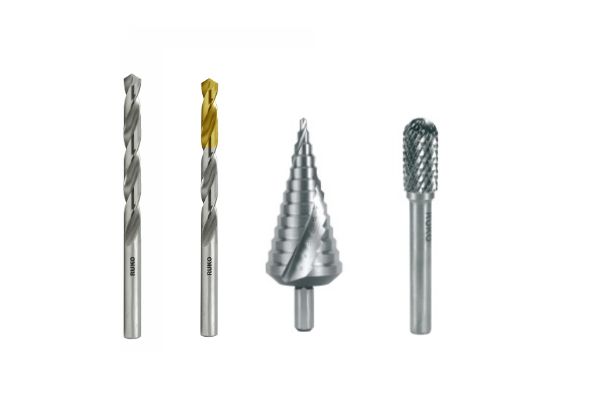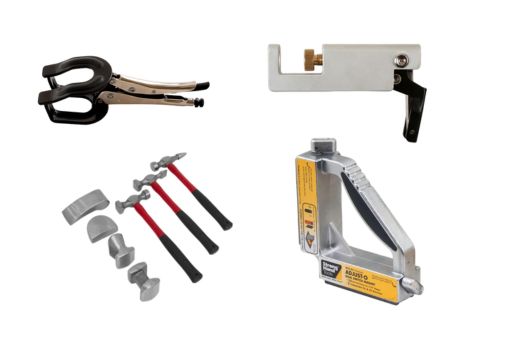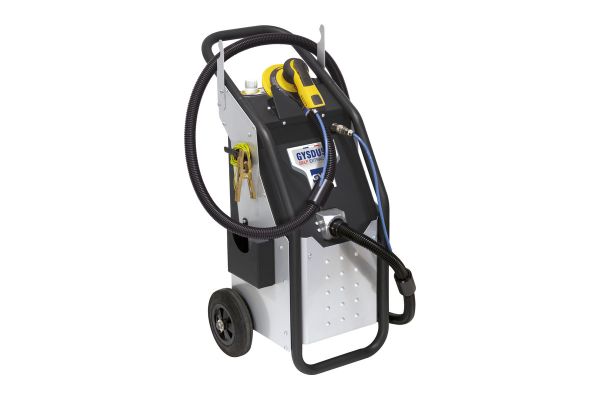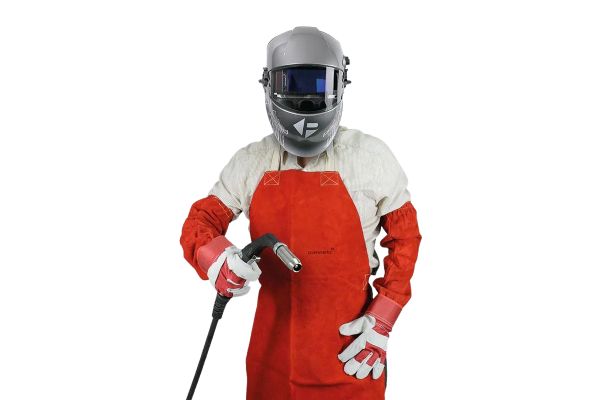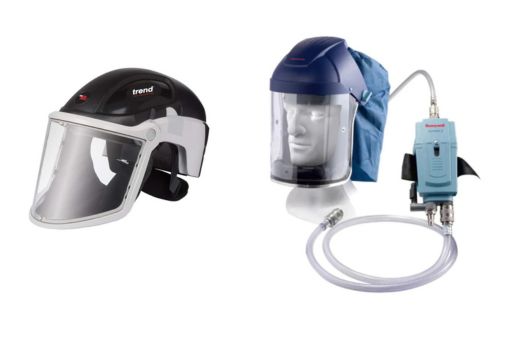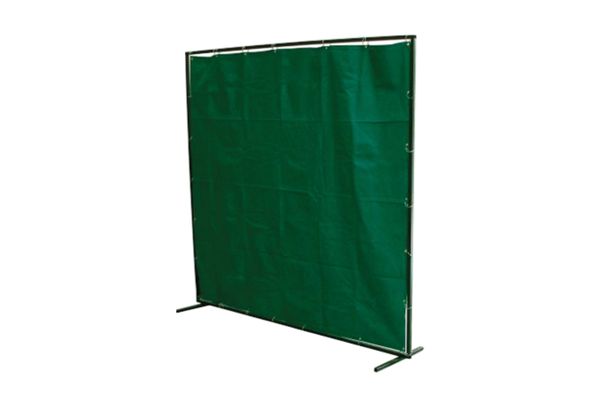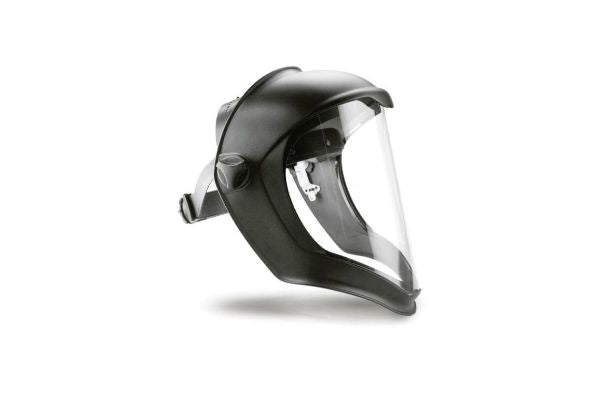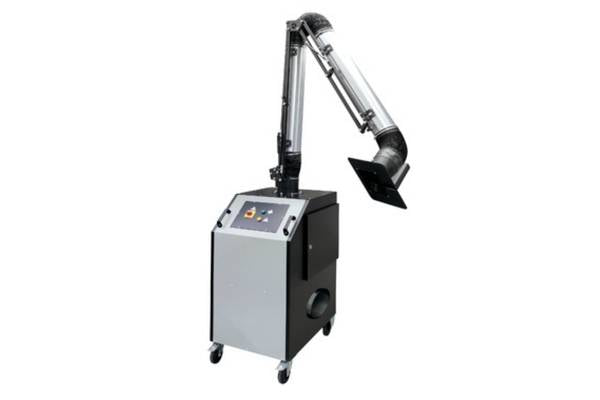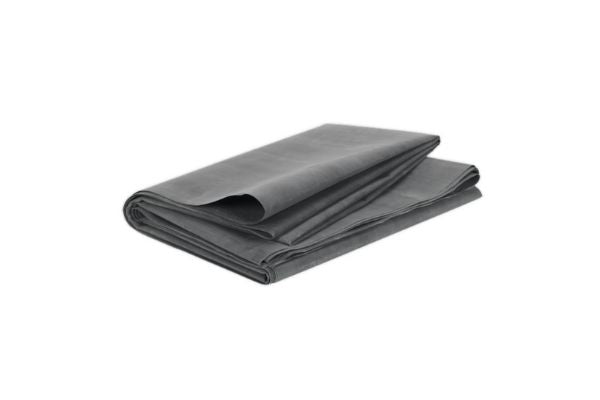Need Some Help? 0161 223 1843
Need Some Help? 0161 223 1843
BODYSHOP
WORKSHOP
WELDING
TOOLS
SAFETY
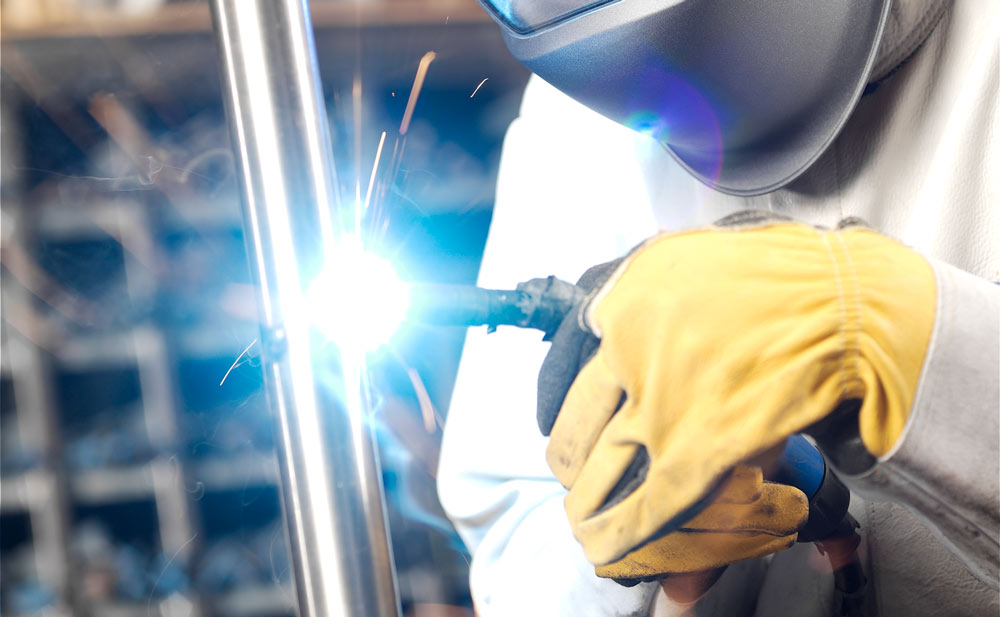
Which Gases Are Used In MIG MAG Welding and What Does It Do?
February 17, 2020 3 min read
Let's look at this in MIG/MAG Welding: How it Works-2
What is the gas for?
The gas plays a crucial role in the final weld, it can serve several purposes:
- Act as a shield to protect the molten weld pool from the atmosphere until it cools.
- Alter the weld pools characteristics whether that be by helping to clean the weld bead or to provide extra heat
- ensures a smooth transition of the weld droplets into the weld pool.
- Stabilizes the arc
- Forms the arc plasma
So the term MIG or MAG gives the welder a clue what type of gas he will be using.
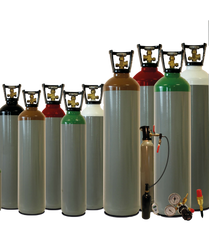
What doe MIG MAG Mean?
The term MIG means Metal Inert Gas and as the word in the centre says it involves the use of an Inert gas such as pure argon as its shielding gas. Inert gases do not influence the weld pool they just shield the weld from the atmosphere while its Molton until it has cooled and solidified. These Inert gases is suitable for welding materials such as aluminium, copper, magnesium and titanium.
The term MAG means Metal Active Gas, or can also be called GMAW ( Gas Metal Arc Welding) again as the middle word implies it uses an active gas to perform something in the weld pool or be "reactive" It could provide heat as in Pure CO2 gas or use mixed gases (Argon, CO2, O2) in various compositions to provide better penetration and higher travel speeds with less spatter. When MIG-welding ferrous materials, pure argon is not an ideal shielding gas, as it produces an arc with poor cathodic rooting characteristics, large droplet size and therefore higher levels of spatter. Therefore mixes are always prefered in ferrous materials.
The Co2 content in a MAG Argon/Co2 mix makes the gas electrically conductive, this, in turn, raises the arc voltage, which increases penetration in the weld pool.
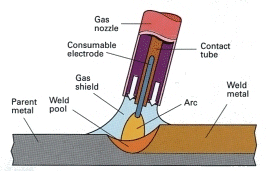
The different Mixes just mean a higher proportion of CO2 / O2
- Argon 2.5% - 97.5% Argon and 2.5% Carbon Dioxide. This mixture is used for MAG welding across a wide variety of stainless steel alloys. It can be used in all transfer modes. The ideal operating range is between 1 and 8mm
- Argon 5% -93% Argon, 5% Carbon Dioxide and 2% Oxygen. Argon 5 is perfect for MIG welding of steel less than 5mm thick, such as car bodywork and thin sheet metal work. The mix of Argon, CO2 and Oxygen gives the perfect blend between arc stability, penetration and reduced spatter without adding too much heat to the weld pool.
- Argon 10%- 90% Argon + 10% Co2, which is ideal for Mig Welding from 8mm to 25mm Steel
- Argon 20%- Argon + 20% Co2, which is ideal for MAG Welding 20mm and upwards.
Selecting the correct gas is very important when MAG or GMAW welding seek advice from a welding engineer/inspector or refer to your WPS welding procedure
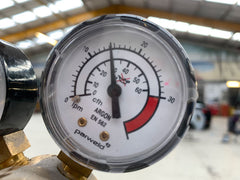
The importance of Gas Flow
The gas flow is important as it can really affect the weld pool especially if you're using a MAG mixed gas like Argon CO2 O2. Remember this gas is designed to make the weld pool hotter so if you have too much gas and you are welding thin car body panels then your weld pool is going to be hotter, this may mean you blowing holes more easily and getting more distortion.
Too much gas can also cause gas bubbles in the weld pool and also create a swirl around the weld enabling atmosphere from the outside to dragged into the weld pool.

Check with a flowmeter
The correct gas flow is best checked with a flow meter at the end of the torch and the recommended flow is 10-14LPM (litres per minute).
As previously stated I always recommend to set the gas flow to the lower end for car body panels to try and reduce the heat in the weld pool and so reduce distortion.
You will know when you don't have the correct gas as you will see air bubbles in your weld.
References
https://www.twi-global.com
Leave a comment
Comments will be approved before showing up.
